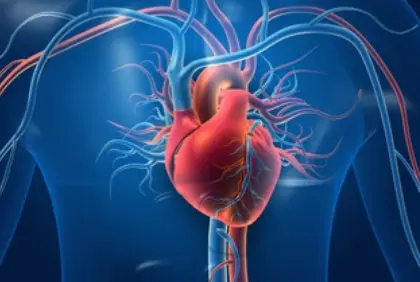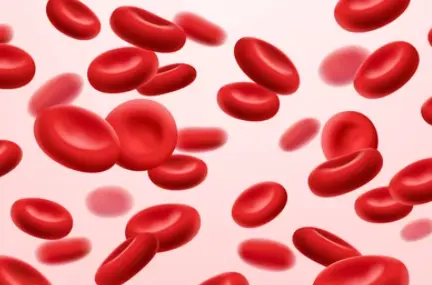 Welcome
Welcome
“May all be happy, may all be healed, may all be at peace and may no one ever suffer."
Prostatic or bladder surgery - Generics
Prostatic or bladder surgery refers to surgical procedures performed to treat various conditions affecting the prostate gland or the urinary bladder. Some common conditions that may require surgery include:
- Benign prostatic hyperplasia (BPH): This is a non-cancerous enlargement of the prostate gland, which can cause difficulty urinating, urinary urgency, and urinary frequency. Surgery for BPH may involve removing a portion of the prostate gland through a procedure known as a transurethral resection of the prostate (TURP).
- Prostate cancer: Surgery may be recommended to remove the prostate gland and surrounding tissue in cases of localized prostate cancer.
- Bladder cancer: Surgery may be recommended to remove all or a portion of the bladder in cases of bladder cancer.
- Urinary incontinence: Surgery may be recommended to treat urinary incontinence in cases where other treatments, such as pelvic floor exercises or medications, have been ineffective.
There are several types of surgical procedures that may be performed for prostatic or bladder conditions, including:
- Transurethral resection of the prostate (TURP): This is a minimally invasive procedure performed through the urethra to remove a portion of the prostate gland.
- Radical prostatectomy: This is a surgical procedure to remove the entire prostate gland and surrounding tissue in cases of prostate cancer.
- Cystectomy: This is a surgical procedure to remove all or a portion of the bladder in cases of bladder cancer.
- Urinary incontinence surgery: Various surgical procedures may be performed to treat urinary incontinence, such as the placement of a sling to support the urethra or the implantation of an artificial urinary sphincter.
The type of surgery recommended depends on several factors, including the underlying condition, the extent of the condition, and the patient's overall health and medical history. Patients should discuss the risks and benefits of surgery with their healthcare provider to determine the most appropriate treatment plan for their individual needs.

Carditis

Biliary colic

Pressure sores

Fever

Renal angiomyolipoma

Sugar substitute

Improve skin tone and tex...

Polycythaemia vera
Prostatic or bladder surgery, প্রোস্ট্যাটিক বা মূত্রাশয় অস্ত্রোপচার
To be happy, beautiful, healthy, wealthy, hale and long-lived stay with DM3S.